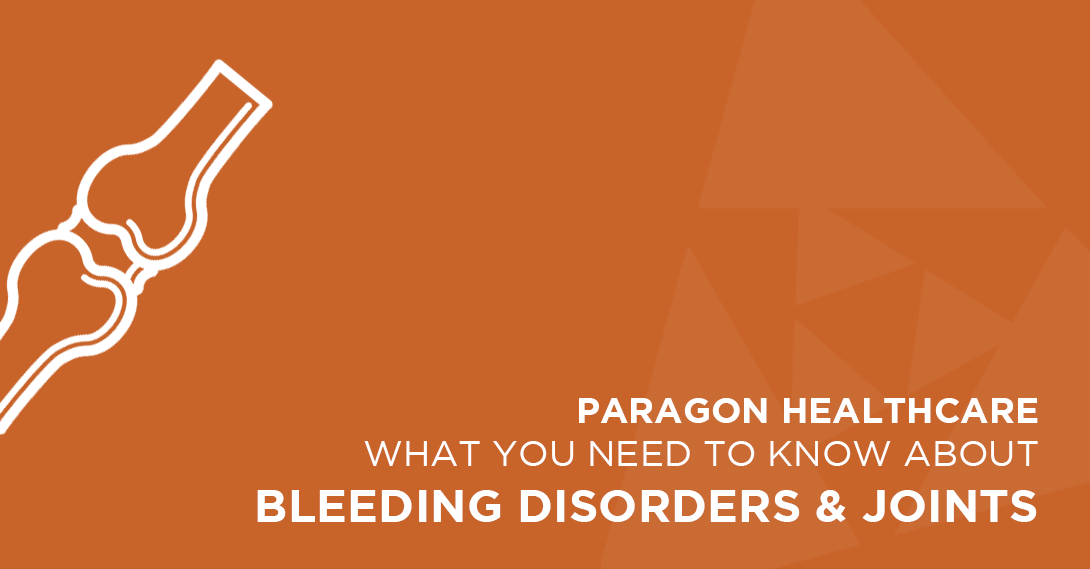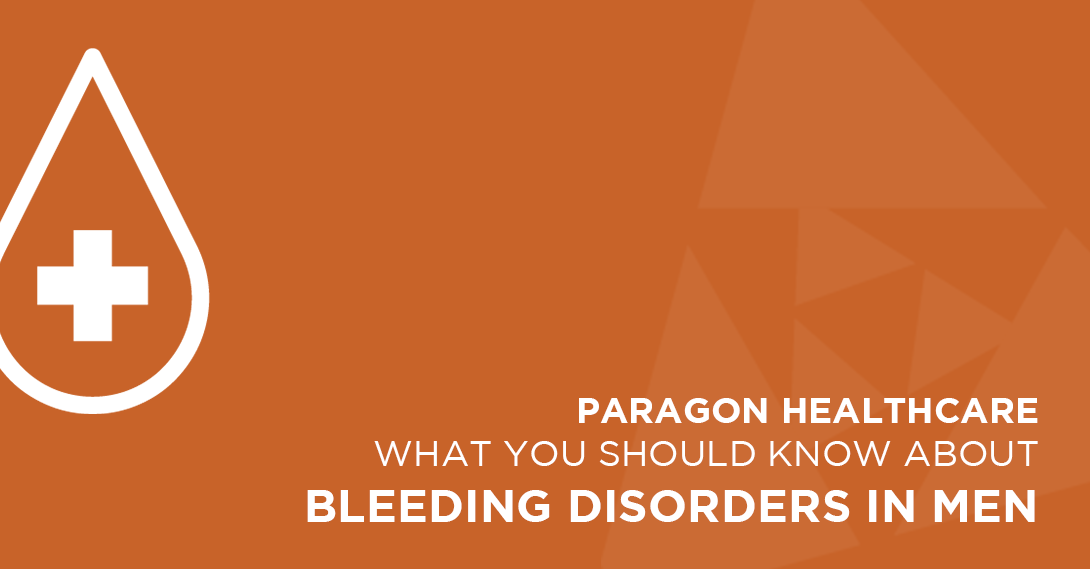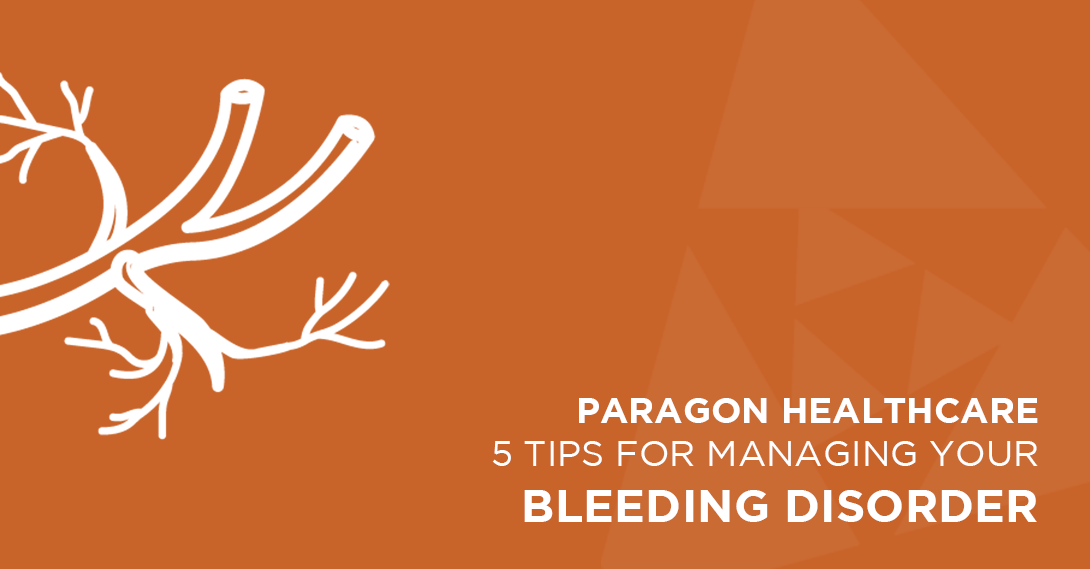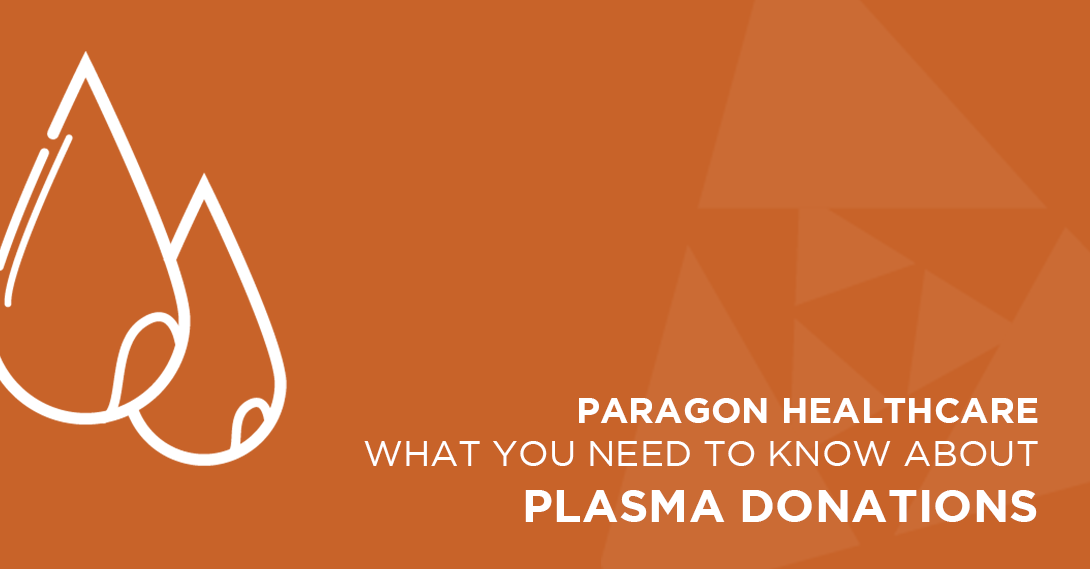When bleeding occurs in the space where bones meet, it is called a joint bleed. One of the most common complications of a bleeding disorder is joint damage due to joint bleeds. Joints are areas in the body where two bones meet. Joints are a big deal. They hold the skeleton together and help the body move. They are made up of unique parts: cartilage, ligaments, and a joint capsule.
Cartilage, like a pillow or cushion, helps support weight, reduce friction, and hold bones together. Durable bands of connective tissue found within the joints are called ligaments. Ligaments connect the bones, support the joint, and limit movement of the joint. The joint capsule surrounds the joint and is filled with tissue (synovial tissue) that makes a special fluid called synovial fluid. This fluid greases the joint so that it moves smoothly.
Bleeding can affect any joint in the body, but some are more prone than others. Three of the most affected joints of persons with a bleeding disorder are ankle, knee, and elbow joints. When the joint fills with blood, it can cause swelling and pain. The joint may feel warm to the touch, and the person with the joint bleed may not be able to move the joint very much. Sometimes the bleed will cause a tingling, bubbling, or warm feeling inside the joint.
Small children may not be able to talk about pain and will often show signs of a bleed in different ways. Crying and irritability may be the first sign that something is wrong. Infants and children may stop using a hand, arm, or leg if they have a joint bleed. Sometimes, the small child will not bear weight on a limb when a bleed is present.
If a person continues to have joint bleeds or does not treat a bleed quickly, they may end up with joint damage that lasts forever. Joint bleeds can cause chronic swelling, thickened tissue, damaged cartilage, bone erosion, abnormal bone growth, and tears in the synovial tissue. All of these things cause pain and limit movement of the joint, potentially affecting one’s quality of life.
When having a joint bleed, action should be taken quickly!
- Infuse clotting factor replacement as prescribed for bleeding.
- Contact the prescribing provider or appropriate health care professional.
- Rest and use an ice pack on the affected area to help reduce pain.
Surgery may be the only option to help painful, damaged joints and improve function if permanent damage is done. The typical operations for damaged joints are synovectomy and joint replacement. A synovectomy includes removing the synovium, the soft tissue that lines the joint. In a joint replacement, the damaged joint and bone are removed. The joint is replaced with plastic and or metal parts.
People with bleeding disorders can prevent joint bleeds by keeping their joints healthy. Healthy joints allow for running, walking, and other things that people like to do. Thanks to advances in medicine, people with bleeding disorders have a better path to joint health. Exercise, eating healthy, and taking medication as prescribed are essential in overall joint health.
Exercise helps make the muscles that protect your joints become strong. When those muscles are healthy, injuries that could lead to bleeding are less likely to occur. Exercise can also help maintain a healthy weight. Being overweight puts extra stress on joints, causing more bleeds. Tip: Remember to wear proper protective equipment when exercising to prevent injury.
Eating a balanced diet provides a variety of nutrients for overall health. Eating the right food may help reduce levels of inflammation and improve emotional health. Fruits, nuts, leafy greens, fatty fish, olive oil, and tomatoes may reduce inflammation in the body. On the flip side, foods such as refined carbohydrates, fried foods, sugar-sweetened beverages, red meat, processed meat, among other things, may increase the amount of inflammation in the body.
People with bleeding disorders are often prescribed medication to help prevent bleeding. This medicine is usually given into a vein or given as a shot into the skin. When a drug is taken routinely to prevent an adverse outcome, it is called prophylaxis or “prophy.” Taking every dose helps prevent bleeding, and joints will stay healthier.
People use a specialty pharmacy, like Paragon Healthcare Specialty, to get the medicine they need to keep their joints healthy. If you would like information on how Paragon can help you keep your joints healthy, visit our website at www.paragonhealthcare.com/hemo or call us at 833-862-4559. Wherever you are on your journey, Paragon Healthcare can help!
References:
Harvard Health Publishing (2018). Foods that fight inflammation. Harvard Women’s Health Watch. https://www.health.harvard.edu/staying-healthy/foods-that-fight-inflammation
Hemophilia Federation of America. (n.d.). Joint Damage. https://www.hemophiliafed.org/understanding-bleeding-disorders/complications/joint-damage/
Knobe, K., & Berntorp, E. (2011). Haemophilia and joint disease: pathophysiology, evaluation, and management. Journal of comorbidity, 1, 51–59. https://doi.org/10.15256/joc.2011.1.2
National Institute of Arthritis and Musculoskeletal and Skin Diseases (2019). Health Joints Matter. https://www.niams.nih.gov/health-topics/kids/healthy-joints#tab-id-2
Visible Body (2020). Bones Come Together: Types of Joints in the Human Body. https://www.visiblebody.com/learn/skeleton/joints-and-ligaments







